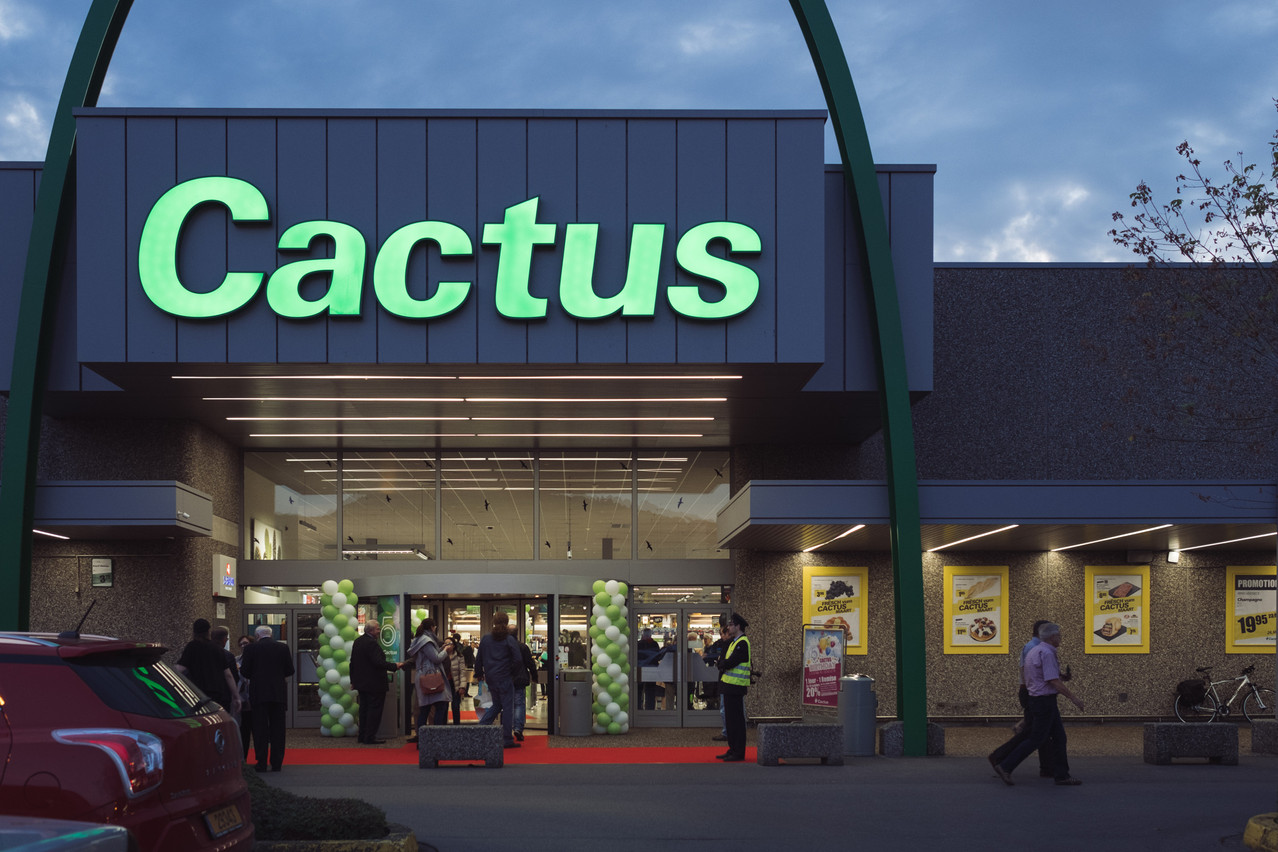“Entrepreneurs should think about their brand right from the start,” said Patrick Ernzer, director of communication at the Luxembourg Chamber of Commerce, adding that it will be difficult to compete if you run a no-name enterprise. “Without a brand, you don’t exist in the mind of the customer.”
Being connected with consumers is also key. “The customer decides whether your brand becomes a hit or a flop. The question you have to answer is, ‘How do I build a brand that customers will connect with?’ Customers become real ambassadors for your brand,” he said. A recognisable but also simple name and logo are essential, but entrepreneurs must get to the essence of what they stand for. “Branding is about so much more than a pretty name, a logo and a nice slogan.”
That first step, finding a name, however, is becoming increasingly complicated. “Most common nouns and names have already been used. There’s only one Apple.” Finding a name that works in multiple languages and cultural contexts is even more difficult. But budding business owners also simply forget to check whether the domain name for their chosen company title is still available, said Pranjul Shah, the head of the University of Luxembourg’s incubator, who works with aspiring entrepreneurs.
When it comes to logos, not only the symbol but also colours play a big role. “We are so colour-coded as people. We associate different feelings with different colours,” said Shah. Green, for example, is associated with sustainability and the environment. Yellow and orange are more social, Shah added, while blue is energetic.
Being genuine
But there is also hope for those who get it wrong the first time around. When only 50 to 100 people know about your brand, it’s easy enough to rethink the name and visual identity. “Every project we work with changes,” Shah said, from changing the name to the logo or even going deeper to rethinking the entire premise.
“You have to be genuine; you have to embody your beliefs,” said Ernzer. “One of the biggest mistakes you can make is to underestimate your customers. They can tell if you are fully invested in your beliefs, your values and goals.” If this might seem daunting, it’s not undoable. “It’s possible for a new challenger to be successful, even in a highly competitive and overcrowded market segment. You can be faster, closer to your audience. You can aim for a niche market that has the potential to evolve into a mass market,” the communications director said.
“Branding is very much ingrained in the whole process of building the company,” said Shah, adding that the incubator pushes its young entrepreneurs to go out and speak with potential customers on a regular basis. “It’s about keeping this dialogue alive and understanding how your brand value is built.”
This is also important as trends change. One of the young brands is trying to turn kombucha into sustainable leather, for example. GoldenMe, on the other hand, is a digital inclusion social enterprise for elderly users. “Zennials are all about sustainability,” said Shah.
This article first appeared in the December 2021 edition of .
